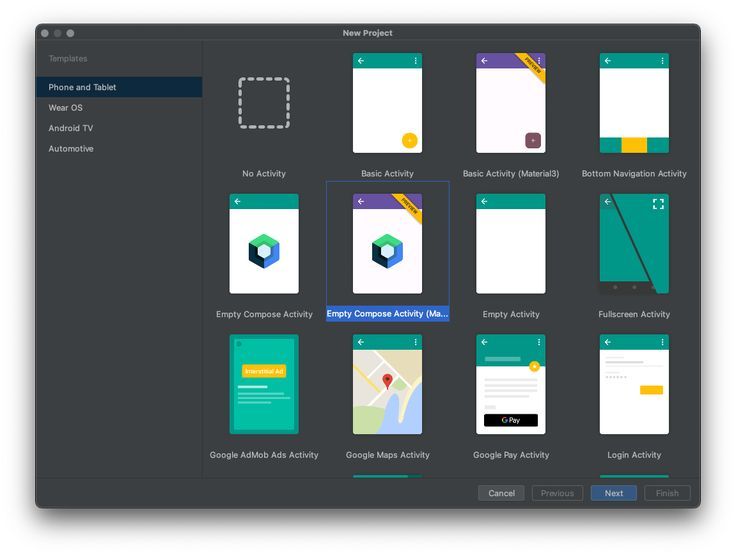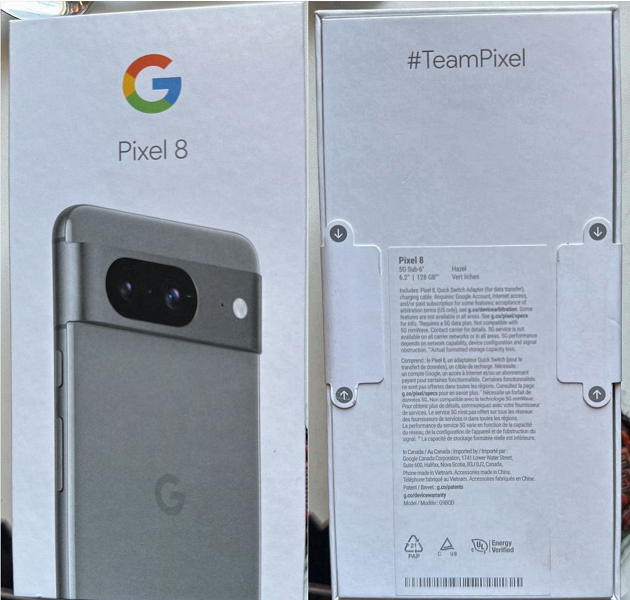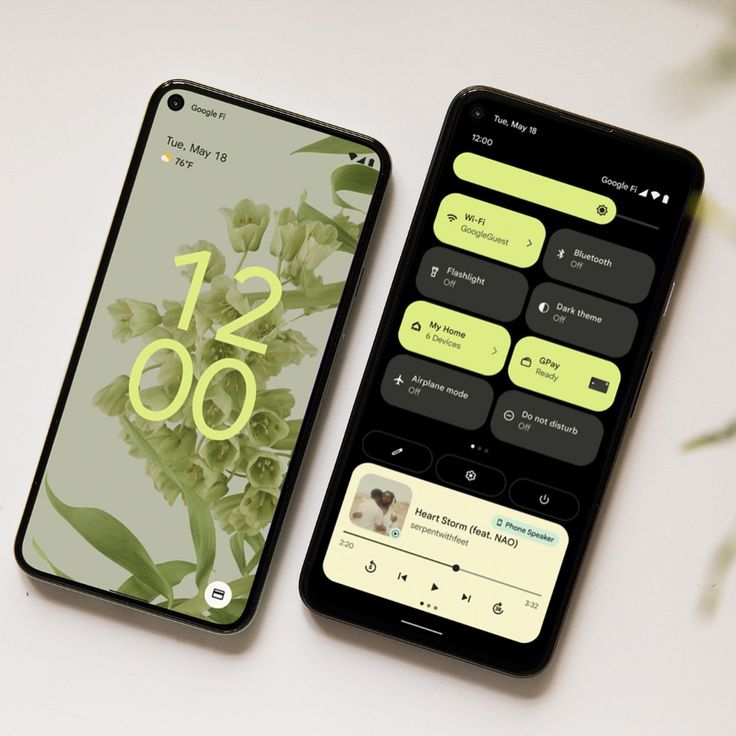Google’s Material Design framework has been a cornerstone of modern digital interfaces for nearly a decade. With every iteration, developers and designers eagerly anticipate fresh enhancements that improve usability, aesthetics, and performance. Rumors and unofficial leaks suggest that Material 3 the next evolution of Google’s design system might introduce groundbreaking changes. In this article, we dive into what we know so far, speculate on new features, and explain how businesses and developers can prepare for the shift. Whether you’re maintaining an Android app, crafting a responsive web interface, or simply passionate about UI/UX, this deep dive will help you understand the potential of Material 3.
Background: From Material Design to Material You
In 2014, Google unveiled its original Material Design language to unify visual, motion, and interaction across devices. It introduced:
A. Paper Metaphor: Surfaces and shadows to simulate physical materials. B. Bold Graphics: Vibrant colors, large typography, and deliberate white space. C. Meaningful Motion: Animations that guide user attention and convey hierarchy.
Over time, Material Design matured into Material Theming, allowing greater flexibility for brand identities. Then in 2021, Google previewed “Material You” at I/O, emphasizing dynamic color extraction and personalization. Apps could adapt their color schemes to user-selected wallpapers, delivering a more cohesive, individualized experience. Material You’s arrival in Android 12 marked a significant evolution but designers quickly spotted inconsistencies and limitations that signaled room for improvement. Enter Material 3.
Why a New Version?
Every major design overhaul must address real-world feedback. Early adopters of Material You reported:
A. Over-complex APIs: Developers struggled to integrate dynamic theming without bloating app size. B. Inconsistent Components: Some widgets didn’t fully support updated color tokens or shape theming. C. Accessibility Gaps: Contrast ratios and motion guidelines needed refinement for users with visual or cognitive impairments.
Material 3 aims to reconcile these issues by providing more streamlined theming tools, unified component libraries across platforms, and enhanced accessibility defaults. It’s not just a facelift; it promises a more scalable and inclusive framework.
Key Features of Material 3 Leak
Based on community chatter, code branches, and leaked slide decks, here are the rumored hallmarks of Material 3:
A. Enhanced Dynamic Color Engine
Material 3 is said to refine Google’s color extraction algorithm. Instead of generating dozens of hues, the new engine will focus on a simpler palette primary, secondary, and accent while preserving contrast and legibility. Designers can still override defaults, but apps will ship with more polished, coherent color sets out of the box.
B. Adaptive Components for All Platforms
Google appears to be converging its Android, iOS, and web component libraries under a single codebase. Expect a React, SwiftUI, and Jetpack Compose-compatible toolkit so each platform renders identical UI patterns reducing design debt and speeding up cross-platform development.
C. Variable Shapes and Elevation
While previous versions offered fixed shape schemes (rounded, cut corners), Material 3 may introduce variable corner radii, edge treatments, and elevation surfaces that developers can animate at runtime. This unlocks new micro-interactions and smoother transitions between screens.
D. Built‑in Accessibility Presets
Recognizing the importance of inclusive design, Material 3 is rumored to include high-contrast themes, large-scale typography presets, and motion-reduction toggles baked into every component. These presets will help apps meet WCAG 2.1 AA standards with minimal configuration.
E. Streamlined Iconography
Google’s icon library might see a shakeup. The leak suggests new outline and filled variants that auto-adapt to light, dark, and dynamic color modes—allowing icons to harmonize seamlessly with the rest of the interface.
F. Advanced Motion Guidelines
Motion remains central to Material, but Material 3 may provide developers with a simplified, standardized timing system. Staggered delays, shared element transitions, and spring-based animations could ship with pre-defined curves that balance performance and user comfort.
Design System Architecture
A robust design system demands a clear architecture. Material 3 is likely organized into three layers:
A. Tokens
The smallest units colors, typography scales, spacing values, and shape definitions. Tokens abstract raw values so any change propagates throughout the UI.
B. Foundations
Token collections combined into palettes, text styles, and motion durations. Foundations establish the visual DNA of an application.
C. Components
Reusable building blocks buttons, cards, dialogs powered by foundations and tokens. Components embed best practices for accessibility and motion.
This layered approach ensures teams can override tokens at build time, customize foundations at design time, or swap components dynamically at runtime.

Color and Typography: What to Expect
Google’s dynamic color API in Android 12 offered an impressive start, yet many designers clamored for more control. Material 3 appears to address this by:
A. Simplified Palette Creation
Rather than generating tonal palettes of 12 shades, Material 3 will auto-generate a concise palette of six core hues two primaries, two accents, and two neutrals matched to accessibility guidelines.
B. Custom Blend Modes
Developers may apply blend modes (e.g., multiply, screen) to icons and overlays, enriching color depth without manual adjustments.
C. Responsive Typography
Typography scales will auto-adjust based on device form factor phones, tablets, foldables, and desktops. Typeface pairing guidelines will ensure visual harmony across multilingual content.
Component Innovations
Early screenshots hint at refreshed component styles:
A. Button Variants:
- Filled, Outlined, and Tonal Buttons will gain more pronounced shape customization.
- Icon buttons may support dynamic background elevation, automatically adapting when pressed or hovered.
B. Navigation Bars:
- Surface level navigation bars can switch between bottom, side, or floating layouts seamlessly.
- New scroll effects will fade or collapse headers more fluidly.
C. Cards and Sheets:
- Windowed bottom sheets, draggable cards, and modals will support rounded and asymmetrical edges for a more organic feel.
D. Chips and Selection Controls:
- Autocomplete chips, toggle chips, and filter chips will support multi-state animations powered by the new motion engine.
Developer Tooling and Migration
Transitioning an existing product to Material 3 will require careful planning. Google reportedly plans to ship migration tooling:
A. Theme Converter CLI
A command-line utility that scans legacy Material 2 or 3 Theming code and outputs updated theme definitions, token files, and component overrides.
B. Component Compatibility Layer
A runtime library that allows old and new components to coexist, preventing big-bang rewrites and minimizing UI regressions.
C. Visual Editor Updates
Extensions for Adobe XD, Figma, and Sketch that expose Material 3 tokens and components directly within the design tool.
Performance and Bundle Size
One frequent criticism of Material You was its impact on APK size and runtime memory. Material 3 aims to be:
A. Modular:
Allow developers to import only the tokens, foundations, or components they need.
B. Tree‑shakeable:
Tooling optimizations in Gradle and Webpack will strip unused styles and animations.
C. Optimized Runtime:
Precompiled shader-based elevation effects and hardware-accelerated color transformations will reduce CPU overhead.
Accessibility and Internationalization
Google’s commitment to inclusion continues:
A. High‑Contrast Tokens:
Automatically switch to high-contrast color tokens when system settings demand.
B. Font Fallback Logic:
Smart fallback chains for CJK, Arabic, Devanagari, and other scripts, ensuring no glyphs go missing.
C. Right‑to‑Left Support:
Mirror-able layouts and auto-flip components for correct RTL rendering.
D. Reduced Motion:
A global motion reducer flag that components respect by default.

Real‑World Use Cases
Consider how leading brands might leverage Material 3:
A. E‑commerce Apps:
Personalized color themes that match seasonal promotions, plus animated product cards that expand naturally.
B. Health Tracking:
High‑contrast tokens for readability, plus motion‑reduced transitions for users with vestibular disorders.
C. Enterprise Dashboards:
Compact typography for dense data tables, adaptive side navigation that shifts to icons-only mode on narrow screens.
Preparing Your Team
To get ready for Material 3, follow these steps:
A. Audit Current Theming:
Document existing color, type, and shape usage across your app.
B. Identify Custom Overrides:
List components or styles that deviate from stock Material Theming.
C. Train Designers and Engineers:
Host workshops on token‑driven design and introduce the upcoming CLI tools.
D. Prototype New Patterns:
In your design tool, recreate baseline components with proposed Material 3 tokens.
E. Plan Incremental Migration:
Use the compatibility layer to swap individual components one at a time.
Potential Challenges
While Material 3 promises major benefits, anticipate:
A. Learning Curve:
Teams might need time to master token-based theming and new APIs.
B. Legacy Support:
Older devices may not support dynamic color engines or shader-based effects.
C. Consistency Enforcement:
Without strict linting rules, designers could apply tokens inconsistently, leading to visual drift.
Conclusion
Material 3 represents Google’s boldest step yet toward a unified, adaptive, and accessible design ecosystem. Although details remain under wraps, leaked snippets paint a picture of a mature system that addresses developer pain points and user needs simultaneously. By auditing your current design assets, training your team on token-driven workflows, and planning a phased migration, you can position your apps and websites to take full advantage of Material 3 when it officially arrives. Stay tuned for official announcements at Google I/O and be ready to embrace the next generation of pixel-perfect, performance-optimized interfaces.













